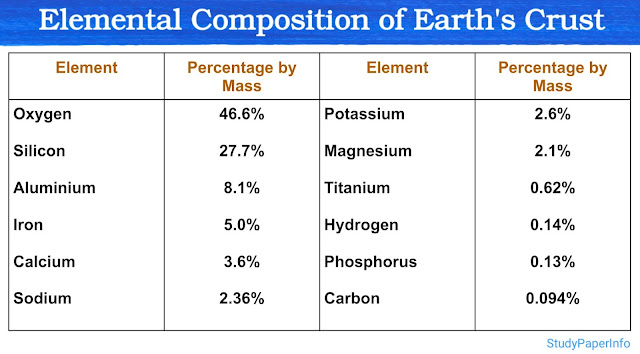Give two examples of gene interaction resulting in the formation of structural proteins
Gene interaction refers to a situation where two or more genes influence the same trait. In the case of structural proteins, sometimes the final functional protein is not made from a single gene product but is the result of the combination of different polypeptides produced by different genes. Such interaction is especially important in the formation of complex structural proteins that require the association of multiple chains to become functional. Two good examples of this kind of gene interaction are seen in haemoglobin and MHC (Major Histocompatibility Complex) molecules.
1. Haemoglobin (HbA)
Haemoglobin is the oxygen-carrying protein found in red blood cells. The adult type of haemoglobin, called HbA, is a tetramer made up of two alpha-globin chains and two beta-globin chains. These chains are coded by different genes:
- The alpha-globin gene is located on chromosome 16.
- The beta-globin gene is located on chromosome 11.
Both these gene products interact and combine with heme groups to form the complete, functional haemoglobin molecule. If either of the chains is defective or missing, the structure and function of haemoglobin is affected, leading to disorders like thalassemia and sickle cell anaemia. This is a clear example of inter-genic interaction, where two gene products come together to form one structural protein.
2. MHC Molecule
MHC (Major Histocompatibility Complex) proteins are essential structural components of the immune system. They are responsible for presenting antigens to T cells. Two main types of MHC molecules show gene interaction during their structural formation:
- MHC Class I molecules are formed by the interaction of:
- One alpha-chain, coded by a gene on chromosome 6 and One beta2-microglobulin, coded by a gene on chromosome 15.
- MHC Class II molecules are formed by:
- One alpha-chain and One beta-chain, both coded by different genes within the MHC gene cluster on chromosome 6.
In both MHC Class I and II, the chains must combine properly to form the complete structural molecule. Without this gene interaction, the MHC proteins cannot function in antigen presentation.


Comments
Post a Comment